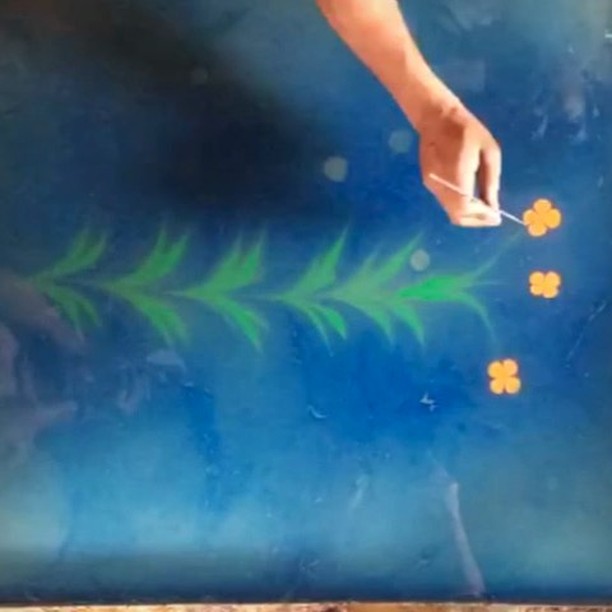From gift wrapping to documents, paper is used all over the world for many things. Paper can be made from basic wood pulped or luxurious cotton. It is as beautiful as it is versatile.
THE HISTORY OF PAPER
The word paper derives from the Egyptian pápyros, a reedy papyrus plant found along water. Papyrus used to be unrolled and used as a writing material.
![Paper_Making_3[1]](https://globein.com/blog/wp-content/uploads/Paper_Making_31-1024x683.jpg)
Although accounts vary of the original year or inventor, paper is thought to be first created in China around 200 BCE. It was originally used only for wrapping or preserving tea. The Chinese were also the first to issue paper money.
Paper went from China to the middle east in the 8th Century. Here, machines were built for bulk manufacturing. In the early 19th century, the Fourdrinier machine was invented. The Fourdrinier produced a continuous roll of paper, like the kind used for newspapers.
FUN FACTS: The wooden frame used to make paper is called a deckle. The slightly irregular edges created by manual paper making is called deckle edges.
![Suresh[1]](https://globein.com/blog/wp-content/uploads/Suresh1-1024x752.jpg)
Originally made with fibers like hemp and mulberry, today, most paper is made with cheaper wood pulp. High quality paper is made with cotton or other textiles.
The steps of paper making:
- Separating fibers from raw material.
- Beating fibers to pulp.
- Pulp strained through a mesh.
- Pressed and dried.

CRAFTBOAT IS BORN
Priti Pugalia, the founder of Craftboat, wanted to bridge the gap between city life and village life. Launched with parent company Tribe Alive, Craftboat employs untrained women and men in rural villages to make upcycled cotton-based paper.
Leftover material from the textile industry are recycled by artisans into beautiful note cards and gifts. From Sanganer, India to your home, this eco-friendly paper blends international design and rich Indian craftsmanship.

The company uses only recycled materials and eco-friendly dyes to make their products. With GlobeIn’s order, Craftboat was able to expand their workspace by 500 square meters.
The Cotton Coasters found in the Gather Artisan Box provided 2.5 months worth of work for these artisans. Expect to see more beautiful, upcycled crafts from this humble little company.
Post by Barbara Lee.
Barbara is a world traveler who is passionate about sustainable food systems, responsible consumerism, and holistic living. Her professional background and interests include writing, cooking, non-profit work, and eco-conservation.
